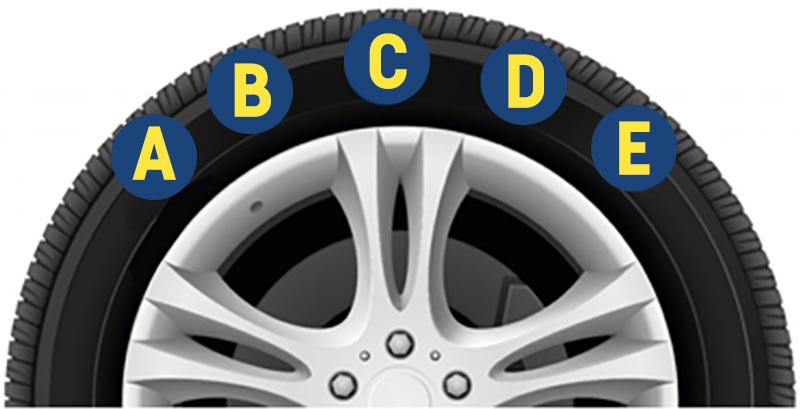
Tips for driving in heavy rain
ExplainerSeptember 2025 has brought a noticeable change in weather, with much of the UK having already received its average monthly rainfall figures. Driving in wet weather can be tricky, but with the right well-maintained tyres fitted, motorists can navigate driving in rainy conditions safely. One of the most critical factors in maintaining control of a vehicle on wet surfaces is ensuring the tyres are in top condition.
Here’s a breakdown of Landsail’s key considerations for driving safely in rainy conditions.
Understanding aquaplaning
Here in the UK, rainy weather is extremely common and so it is important to be cognisant of aquaplaning risks whilst driving. Aquaplaning occurs when a layer of water builds up between tyres and the road surface, leading to a loss of traction.
As tyres cannot grip the road properly when aquaplaning, this can have serious consequences for safety as it can result in the driver losing control of the vehicle due to being unable to brake, steer or accelerate.
Importance of tyre checks to decrease the risk of aquaplaning
To avoid aquaplaning, it’s important to ensure you have a sufficient amount of tread depth on your tyres to help with grip on the slippery roads. Regularly checking your tyre tread depth can be beneficial to keep on top of this. There are several ways in which motorists can do this:
- Check tyres with a 20p – A simple test is to insert a 20p coin into the grooves of your tyre. If you can still see the outer line of the coin, your tyres are considered unsafe and will require inspection.
- Tyre tread depth gauge – You can purchase tools designed to check the tread depth most accurately, offering you a measurement in millimetres.
- Tyre wear blocks – Often embossed in the tread of the tyre will be a line indicator to help you immediately identify whether your tyre is under the legal tread depth.
For a more detailed breakdown of checking your tyre tread depth, click here.
If you do experience aquaplaning, ease off the accelerator and avoid braking. Allow your vehicle to slow down on its own to regain control.
Don’t forget to consider a tyre’s age
When it comes to driving in wet conditions, drivers should also remember to check the age of their tyres. Old tyres will wear and lose grip over time, therefore increasing the stopping distance.
Any tyre over ten years of age should be replaced as soon as possible. The date of manufacture is indicated within a small panel on the sidewall of the tyre and consists of four numbers. The first two numbers identify the week and the second two the year of manufacture.
For more information on checking your tyres age, click here.
Wet weather driving style
Adopting key driving habits can also make a significant difference in rainy conditions and help keep drivers safe on the road:
- Reduce speed: Lower your speed to allow for better reaction times and increased control.
- Look out for large puddles: Larger puddles can pose a serious risk. If you must drive through larger puddles on the road, ensure you slow down and steer straight to reduce the risk of losing control.
- Increase the following distance: Maintain a greater distance from the vehicle in front of you. This will give you more time to react if they suddenly stop as stopping distances typically double in wet weather.
- Avoid sudden movements: Smooth, gradual movements with the steering wheel, brakes, and accelerator will help maintain traction and control.
- Drive with dipped headlights as this will improve visibility.
- Use your air conditioning to prevent your windows from fogging up for more visibility.
If you are faced with a large body of water blocking your route, it’s important to firstly assess if it’s shallow enough to drive through to avoid you becoming stranded. If possible, get out of your vehicle and use a large stick or similar object to try and gauge the depth of the water. If you conclude that it’s safe to drive through, be sure to do so in a low gear and keep your engine revs up to give you momentum.
By checking tread depth, age and adapting driving styles, motorists can significantly reduce the risk of aquaplaning and enhance their safety on the road. For more information on tyre checks and how to extend a tyre’s lifespan click here.



